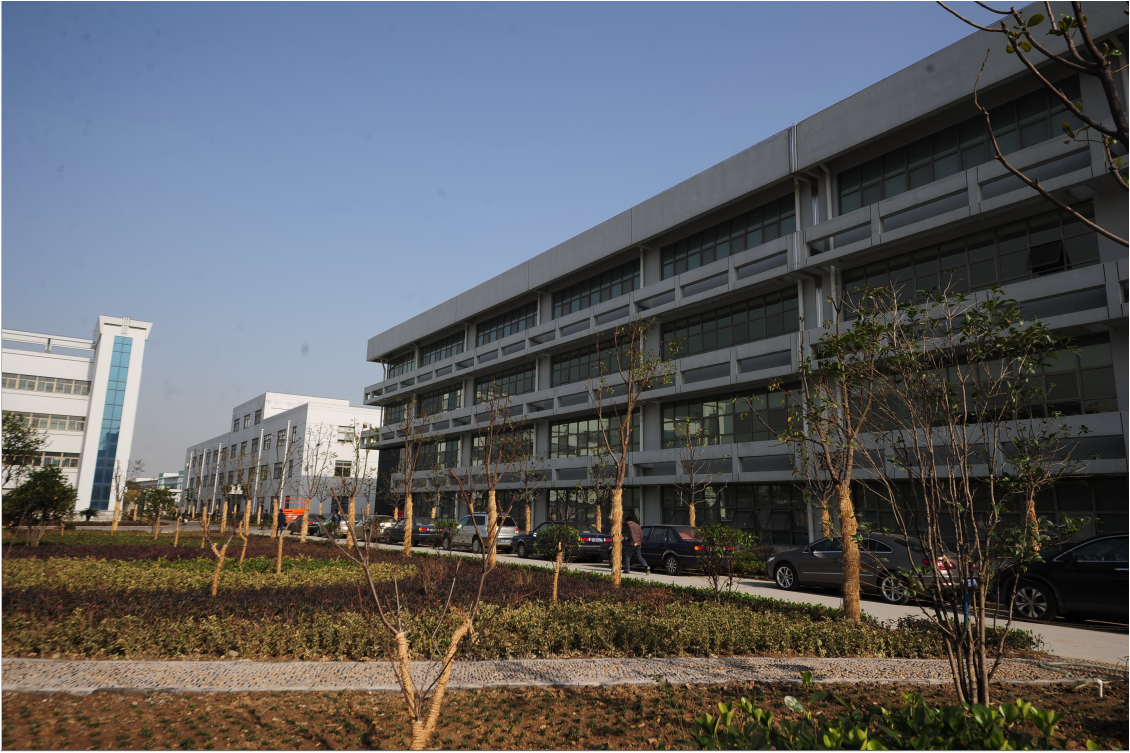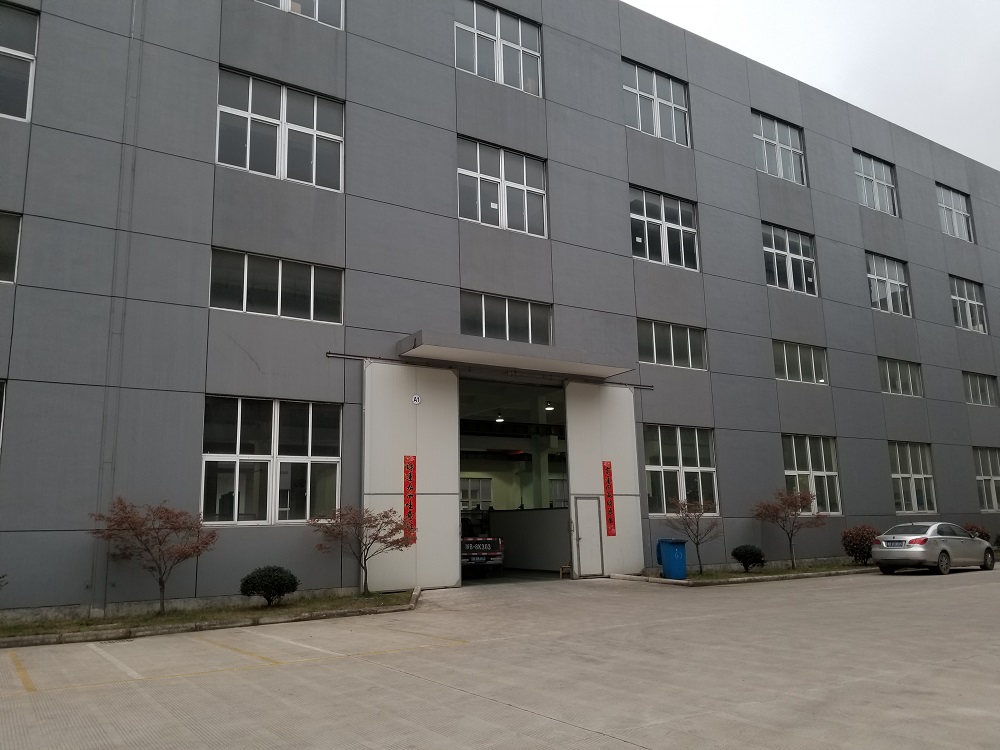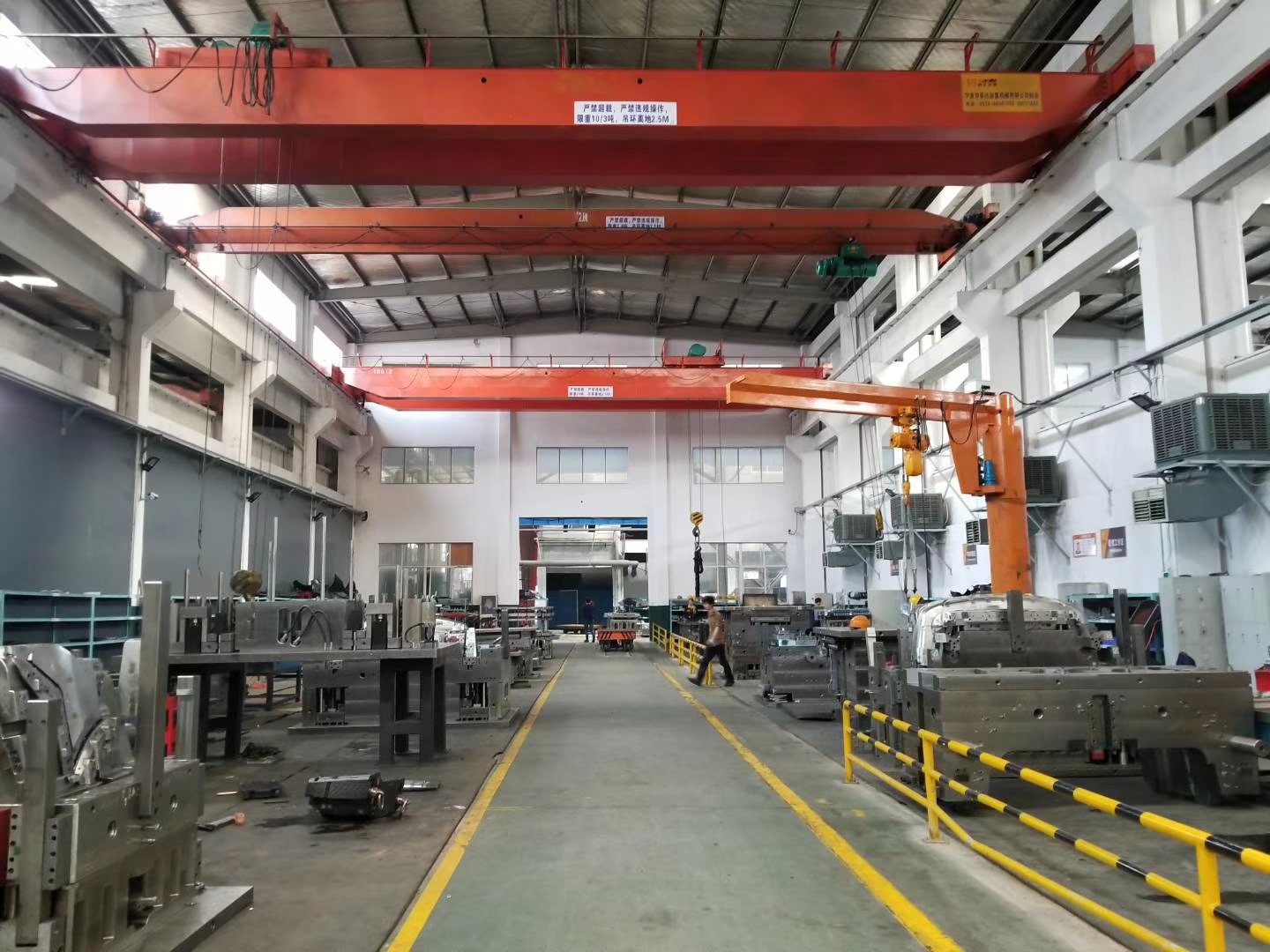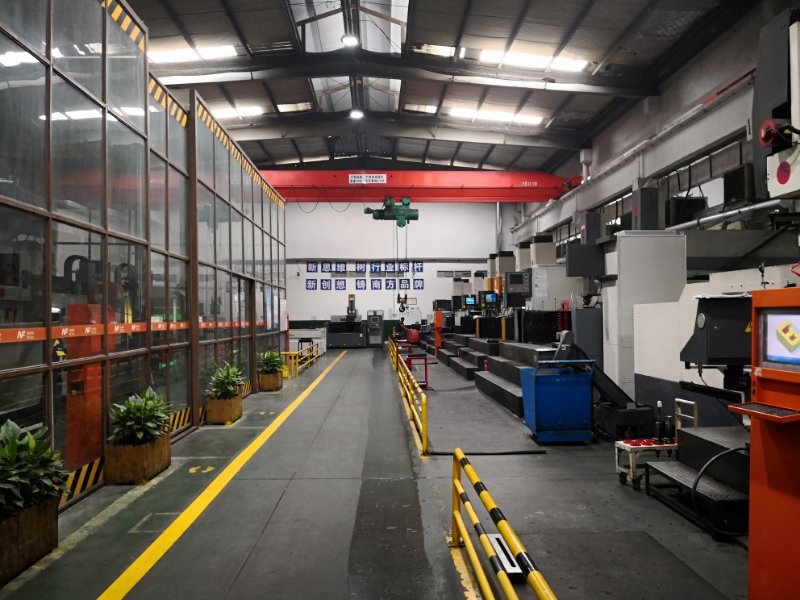Automotive Interior Plastic Injection Mould
Automotive Interior Plastic Injection Mould includes automotive dashboard plastic injection mould, automotive interior console plastic injection mould, automotive A, B, C pillar mould, automotive air conditioner plastic mould, automotive seat plastic injection mould and all other interior plastic accessories mould.
FAQ:
Q1: What tolerances can you achieve for Automotive Interior Plastic Injection Mould?
There is not a given set of tolerances that fits all processes and materials. In every case, the final tolerances on your part will depend on a number of factors, including but not limited to:
We will review your design and provide a design for manufacturing review, pointing out any areas where we may not be able to achieve your desired tolerances. It`s helpful to us if you can specify which areas in your design have critical tolerances that must be met and which can be slightly modified if needed to reduce time and costs involved.
Q2: How do you ensure your Automotive interior plastic mould quality?
In order to deliver high-quality parts every time, we`ve instituted the following steps to ensure you get parts that meet and exceed your expectations.
Q3: Is the lead time in working days or calendar days?
Lead times are quoted in working days. As per our terms and conditions, quoted lead times commence only after completion and confirmation of design for manufacturing review and the beginning of actual production.
Q4: How long does a quotation take?
In most cases, we respond within a couple of days of receiving an RFQ. However, there may be situations when we must source material from an external supply and therefore the quotation may be delayed accordingly.
Q5: What is the difference between a multi-cavity mold and a family mold?
A multi-cavity mold has multiple cavities of the same part; a family mold produces a set. For instance, for an electronic enclosure, you may need a front, back, battery door, and a button. Those could all be molded at once in a family mold.
Q6: How long does it take to build an Automotive air conditioner injection mold?
Depending on complexity and our tool room load, it can range from 2 to 12 weeks.
Q7: Can I modify the mold after the first run?
We can modify our steel molds by additional machining, fill-in welding, welding in additional material, or inserting a replacement feature, for a reasonable cost. If the changes are too great, however, producing a new mold may be more cost-effective than reworking the existing one.
Automotive Interior Plastic Injection Mould,Automotive Interior Trim Parts,Plastic Car Dashboard,Plastic Car Air Conditioner Zhejiang Ceeto Molding Technology Co.,Ltd. , https://www.ceetomold.com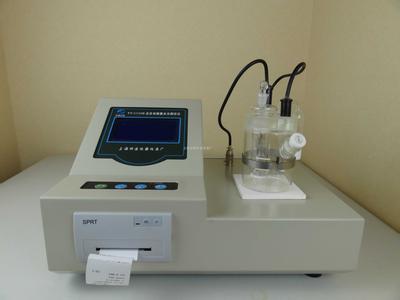 So-called pyrolysis gravimetric methods use a drying oven, whereas infrared or microwave dryers measure only volatile materials. When the sample is heated by this method, other components such as alcohol, fat, and oil also evaporate with moisture while the water is evaporated, resulting in a loss of sample weight. Since the thermogravimetric analysis does not distinguish moisture from other substances, the measured moisture becomes the sum of all the volatile substances in the sample. In the development and production of chemicals and pharmaceuticals, the properties of the material must be taken into account, so that accurate determination of the moisture content becomes very important. At the same time, since the content of these waters is often only a few ppm, it is conceivable that measuring such a small amount of water is not an easy task.
So-called pyrolysis gravimetric methods use a drying oven, whereas infrared or microwave dryers measure only volatile materials. When the sample is heated by this method, other components such as alcohol, fat, and oil also evaporate with moisture while the water is evaporated, resulting in a loss of sample weight. Since the thermogravimetric analysis does not distinguish moisture from other substances, the measured moisture becomes the sum of all the volatile substances in the sample. In the development and production of chemicals and pharmaceuticals, the properties of the material must be taken into account, so that accurate determination of the moisture content becomes very important. At the same time, since the content of these waters is often only a few ppm, it is conceivable that measuring such a small amount of water is not an easy task.
The Karl Fischer titration method is the world's standard method for the determination of water content in solids. The Karl Fischer Coulometric titration (coulombs are the units of electricity) is used to determine trace moisture. However, this method has been criticized for its need for complicated equipment and the need to dispose of the generated chemical waste (some toxic substances and strict disposal regulations). In contrast, the phosphorus pentoxide method is also based on Coulomb's law, but it does not require the use of chemical reagents. The method has been developed for 25 years now and was originally used to determine the moisture content of gases and is now widely used to determine the moisture content of substances. This is the method used by the WDS400, a new generation moisture analyzer introduced by the Sartorius Group.
The WDS assay is similar to the Karl Fischer Coulometric titration, but the steps are much simpler (in a few steps). First, the sample weight is weighed using a quasi-micro or micro balance (such as Sartorius ME or MC series). The weighed sample is placed in a WDS400 built-in stainless steel furnace with a nickel spoon and the heating is started. The heating can be performed according to a custom temperature curve. . This allows water to appear in different forms, such as surface water, capillary water, and crystal water. This method requires different external forces to bind the water to the compounds in the sample, such as VandeWaals force, hydrogen bonding force, positive and negative polarity attraction, and even electrostatic force.
The water vapor generated after heating is transported by the N2 carrier gas to the electrolytic cell. Dry, oil-free compressed air can also be used (reduced operating costs). The electrochemical sensor in the electrolysis cell then begins to measure moisture.
The sensor consists of a piece of ceramic plated with phosphorous pentoxide (using a special coating method) on the surface and placed between two parallel electrodes. When water vapor passes through this highly deliquescent layer of phosphorus pentoxide, a chemical reaction takes place and the water molecules are electrolyzed. Each electrolyzed water molecule produces two electrons, forming an electric current. Measure all the charge of the process, then convert the charge to the water content of the original sample according to Faraday's law.
This method can measure moisture content from 15% to several ppm in the material, and can measure at least 1mg moisture content. Since the WDS400 employs high-resolution sensor technology, it can be measured with a small amount of sample, usually 25 to 2000 mg, with a minimum of <15 mg.
Using a PC, all the techniques and operating procedures can be controlled and the analysis results can be evaluated. The analysis results are recorded graphically and displayed on the PC. Each of the highest points recorded at the time of measurement can be individually observed and determined. In addition, this method allows the quantitative evaluation of different combinations of water, and the measured values ​​are shown in ppm/% and mg.
The WDS400 is not only simple to operate, it has a low measurement limit, and the electrolytic cell is very durable. This is because its catalytic properties enable the sensor to self-renew during the measurement process. Therefore, the next measurement can be performed at any time after an analysis is completed, which greatly reduces the operating cost. In addition, the WDS400 is extremely versatile and can be measured whether it is plastics, pharmaceuticals, food, chemical raw materials or finished products.
